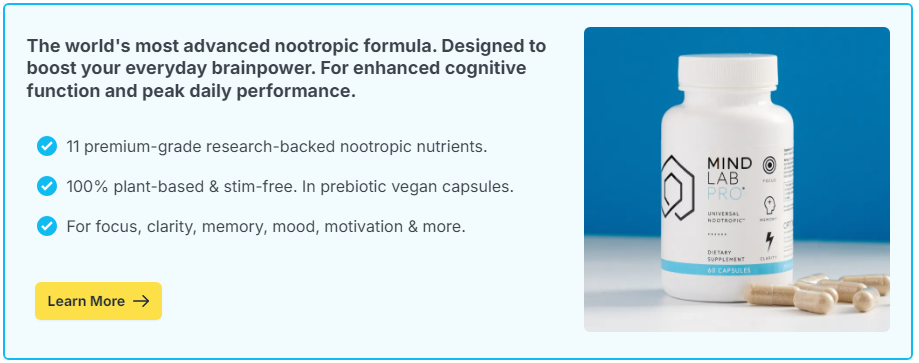
Yes – indirectly but meaningfully. Evening screen time can delay sleep, reduce deep and REM sleep, and keep your brain in a stimulated state. Because high-quality sleep is essential for consolidating memories, late-night scrolling can leave you foggier and less able to learn the next day.
Contents
Why Sleep Drives Memory
During deep sleep, the brain strengthens facts and skills learned during the day. REM sleep integrates those memories with older knowledge and emotions. When these stages are shortened or fragmented, new information remains fragile and recall suffers.
How Screens Disrupt The Process
Screens interfere with memory through a few converging pathways.
Blue-Enriched Light And Melatonin
Bright, blue-weighted light from phones and tablets suppresses melatonin, a hormone that signals “night mode.” Lower melatonin makes it harder to fall asleep and nudges sleep later, cutting time available for deep and REM sleep.
Emotional And Cognitive Arousal
Interactive content – news, social media, gaming – raises alerting chemicals and keeps your prefrontal cortex busy. Even if you fall asleep, this arousal can fragment early sleep and reduce the quality of memory consolidation.
Inconsistent Bedtimes
“Just one more video” pushes bedtime later. Irregular sleep schedules blur your circadian rhythm, which is linked to poorer attention and memory performance.
How Much Screen Time Is A Problem?
Sensitivity varies, but many people notice worse sleep and recall with 30–60 minutes of stimulating screen use in the last hour before bed. The brighter the screen and the closer to your eyes, the stronger the effect.
Fixes That Protect Sleep And Memory
You do not have to ban screens entirely. Small, targeted changes can preserve sleep quality while keeping your routine realistic.
- Wind-Down Window: Stop interactive screens 60 minutes before lights out. If that is too hard, start with 30 minutes and extend.
- Dim And Distance: Lower brightness, turn on night-shift or warm-tone modes, and hold devices farther from your face.
- Swap Content Type: Replace feeds and games with low-arousal options – an e-ink reader, paper book, light stretching, or calming audio.
- Blue-Light Glasses: They reduce exposure but are not a free pass; combine with dimming and earlier cutoff times.
- Anchor Wake Time: Keep a consistent wake-up time daily. A stable anchor helps melatonin rise on schedule at night.
- Bedroom Environment: Cool, dark, and quiet. Keep chargers outside the room if doomscrolling is a habit.
What If You Must Use Screens Late?
Sometimes late work is unavoidable. Use these tactics to limit the fallout.
- Turn on warm color temperature and reduce brightness to the lowest readable level.
- Full-screen a single task to avoid attention-grabbing notifications.
- After finishing, do 3–5 minutes of slow breathing and a quick, dark wind-down (no new content). Aim for a consistent lights-out time.
- Protect the next day’s learning with a brief morning light exposure and a 10–20 minute afternoon nap if needed.
Common Mistakes To Avoid
Small missteps can undo your progress.
- Relying Only On Blue-Light Filters: They help, but stimulation from content still delays sleep. Change both brightness and behavior.
- Scrolling In Bed: Beds should cue sleep. If you must read, sit elsewhere and move to bed only when drowsy.
- Weekend Drift: Large schedule swings make Monday mornings feel like jet lag. Keep a one-hour window at most.
Evening screens can impair memory mainly by disrupting sleep. Protect your recall with a one-hour wind-down, dimmer and warmer displays, and calmer content. Better sleep means stronger learning – without giving up technology entirely.

